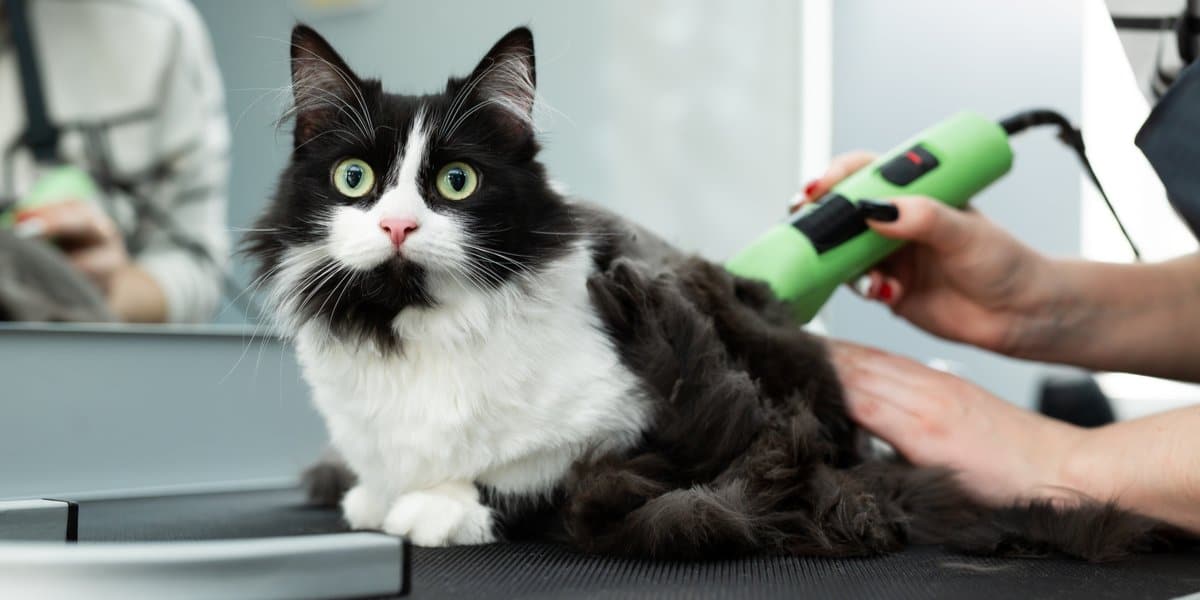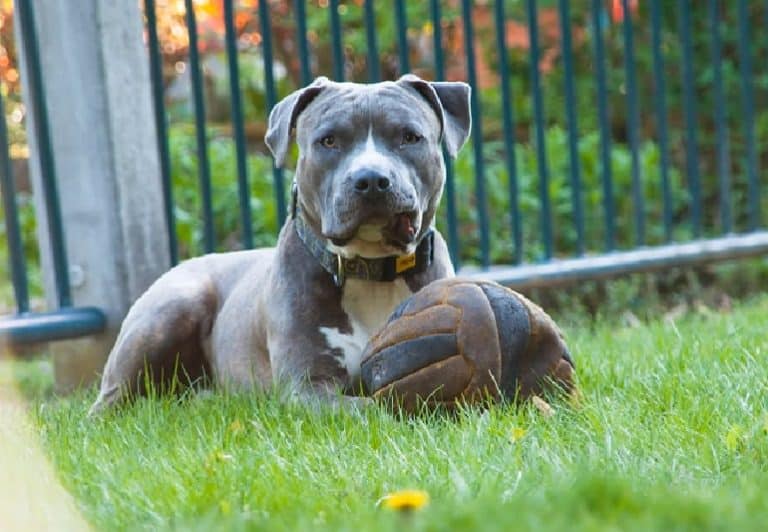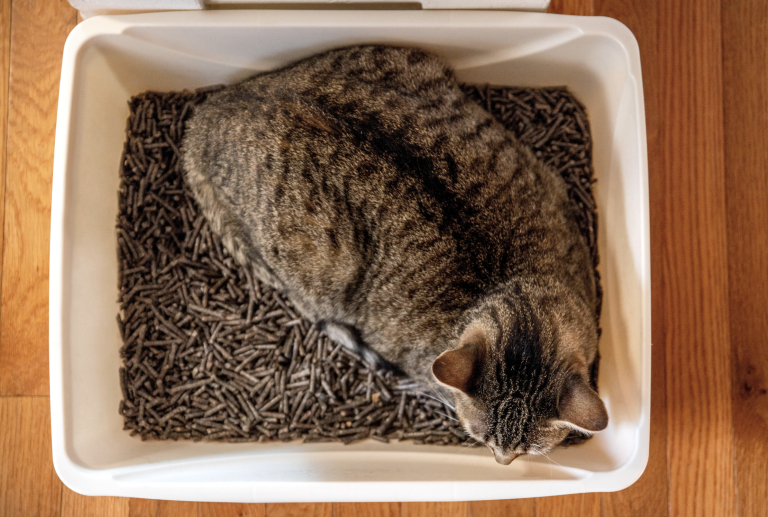How to Shave a Long Haired Cat to Stop Shedding
If you have a long-haired cat, you will find your cat often struggling with skin problems more frequently. Long-haired cats are more prone to problems like flea or tick infestation and skin problems.
The long hair will be tougher to groom. In the worst case, your cat’s hair might become matted. If your cat has the same problems, You might be looking for options to make the hair problems vanish for your cat.
One solution to solve all the problems of long-haired cats is to shave them and reduce the length of their hair. While a lot of parents consider this to be a great solution, is it really necessary to shave your cat?
In this blog, you will find a guide for shaving a cat and all related information to help you decide to shave a long-haired cat!
An Overview: Shave a Long-Haired Cat At Home
It is often recommended to get an expert’s help to shave a cat’s hair. While you might want help from a groomer to shave your cat, it can be easy if you know the right directions to start.
Here is how you can proceed with shaving a long-haired cat as a pro at home:
1. Start by Nail Trimming
The first step is to trim their nails. This is not a part of shaving a long-haired cat, but a cat will try to defend itself when its coat is being cut. To make it easier for you and to protect yourself from the rage of your cat, you must cut or trim their nails first.
2. Choose the Right Clipper
The right choice of clippers is crucial, no doubt, and one factor to look out for is the sound produced by it. Unlike us, the cats usually get frightened if the clippers make a loud noise. Sedatives may work to make shaving easier, but get a recommendation from a vet. The harness is another way you can physically control your cat for shaving.
3. Collect All the Needed Supplies
In addition to clippers, ensure you have other suppliers to trim your cat’s hair. You must have a cat brush, hand gloves, and towels. Now, select the right location for cutting your cat’s hair. This is an important consideration because you surely want the least mess possible.
4. Get Yourself Some Help
Shaving a cat’s hair is never an easy task. So you might want to get a partner to help you with the task. Prefer a person your cat is comfortable with and knows already. To start, give your kitty a treat!
5. Shaving
Now, you have to start shaving your cat’s hair. Start with the head in the direction of their tail. Clip the hair in the direction of the hair. Because the skin of cats is flexible and pliable, hold the skin taut to avoid any cuts and for a proper shave. Be careful in the armpits, groin, knee, and elbow (the skin tends to fold or wrinkle naturally).
6. The Right Way to Shave
As you shave, don’t shave all of your hair. A cat requires hair for protection. So leave a few inches of hair (at least one inch). This way, the cat gets protection from its hair, preventing the chances of getting any skin problems.
7. Make It Comfortable for Your Cat
Most cats will feel uncomfortable if you shave their tails. So either leave the whole tail unshaven or just the tip unshaven.
While you shave, the clippers might get heated. So, as you proceed with the shaving, ensure you frequently check the temperature. To do so, gently press the blades against your skin. If the blades are too hot, you must replace them.
8. Be Calm and Gentle
If you hurry, shaving will not be efficient. So you must go slow, especially if this is your first time. Take breaks in between. Working slowly also reduces the chances of your cat getting any cuts. With that, the calmer you are the calmer your cat will be as you shave.
Is Shaving a Long-Haired Cat Associated with Any Dangers?
It generally is not recommended to shave your cat’s hair. But in certain cases, it is beneficial for the cat. If a cat is shaved, benefiting her, it should not be a problem. Certain scenarios where it is not dangerous are:
- If your cat has matted hair.
- For a cat is suffering from severe flea or tick infestation.
- The cat has an injury or an operated area to heal.
- If your cat has a hotspot (acute moist dermatitis, a type of skin infection) [or other skin infections]
- The long hair in the bottoms of your cat gets dirty too often.
- In case the cat slips because of their hair between their toes.
Note that you must shave only if the cat has trouble with the long hair. If it is not necessary, you must not do it at any cost. If your cat is aggressive, it can be a bit challenging and dangerous to shave her.
The Best Clippers to Shave a Long-Haired Cat
In the market, there are too many clippers. This may make choosing the right clipper difficult. Here are a few factors you must consider when buying a clipper for your cat!
Here are the top 5 clippers you must give a try to make shaving a little less tough for your cat!
1. Andis UltraEdge Pet Clipper

- Uses a rotary meter as a power source. The speed provided by the clipper is about 3400-4400 strokes per minute, which makes trimming off your cat’s hair easy.
- Detachable blades are provided with the clipper to ensure easy cleaning of the blades post-trimming.
- As we mentioned, clippers with loud noises will make the cats uncomfortable. The clipper has no loud noise, making trimming less of a havoc.
2. Wahl Professional Pet Clipper Kit
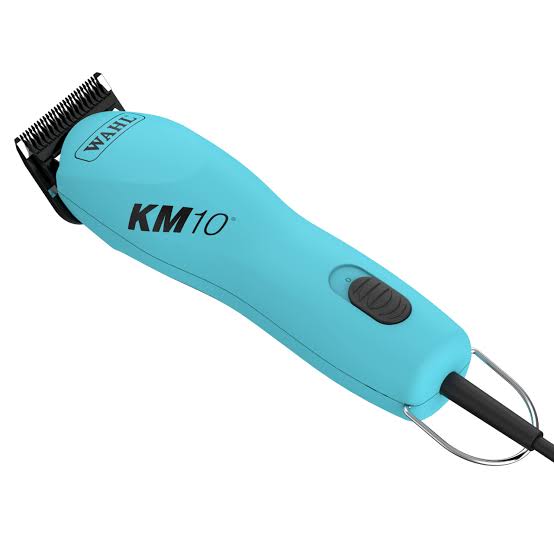
Key Features
- The clipper, with an installed lithium battery, Gives you a fast charging time. Only 15 minutes!
- With quick charging, the battery-powered clipper will last for two hours, providing you with sufficient time to shave your cat’s hair.
- The blades are made of high-quality materials and are self-sharpening, preventing cat damage.
3. Andis Detachable Blade Pet Clipper
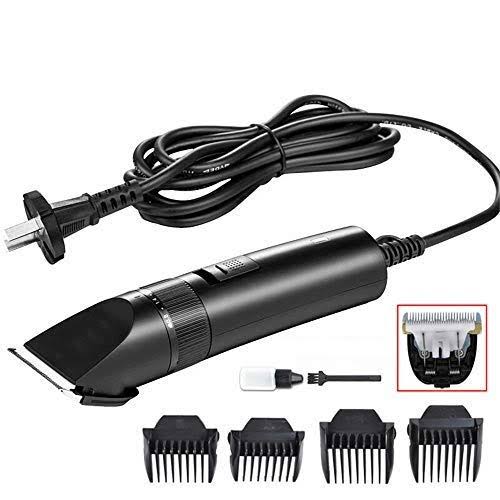
Key Features
- The powerful rotary motor of this clipper makes grooming very easy for you.
- The clipper has 5 different clipping speeds, helping you choose an ideal speed depending on the fur of your cat.
- The blades with the clipper are furnished with ceramic edges, and the product has a soft grip.
4. Oster A6 Trim 3-Speed Pet Clipper
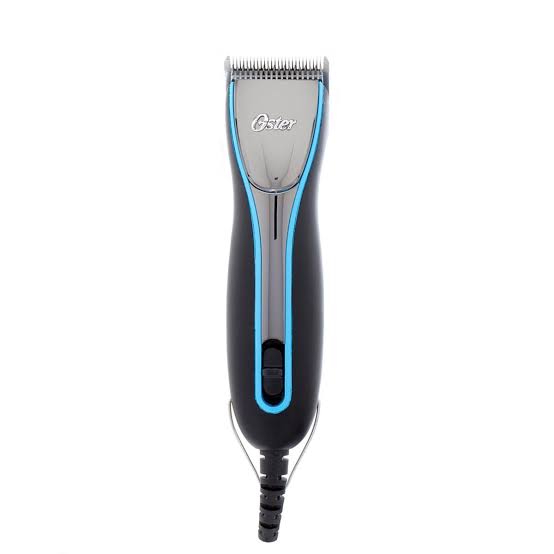
Key Features
- The design of this clipper is sleek and compact, best for cat parents looking for a great design.
- With this product, you get a warranty for 12 months.
- The clipper features a vibration isolation system that helps reduce noises to make cat shaving easier for your cat.
5. Oster A5 2-Speed Pet Clipper
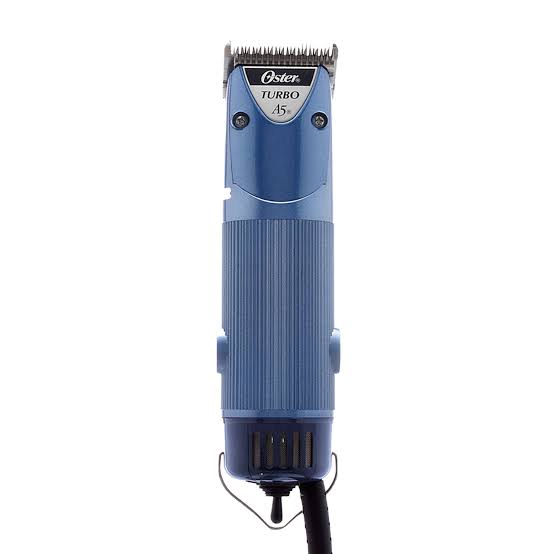
Key Features
- The product has a CryogenX blade (of size 10).
- This choice of clippers is a great option if you want general-purpose hair shaving for your cat.
- The fast and versatile technology enables shaving quickly.
Factors to Look for When Buying a Hair Clipper for Your Cat
Here are some of the factors you must watch out for if you are about to purchase a hair clipper for your cat:
1. Choose Your Type
Choose what model you want for the clipper, cordless and corded. Both the models have their specifications and benefits. For example, corded models can be used for longer durations and are comparatively more powerful. At the same time, the cordless ones offer more flexibility.
2. Accessories
Most of the clippers come together with a guide and a few accessories. Whenever you buy a hair clipper for your cat, look closely for what accessories you are getting along with the product.
3. Blade Size
Blade size is one of the most important factors when purchasing a hair clipper for your cat. There are different blade sizes you will find in the market, so be sure to choose the right one. The blades must be sharp as well to make shaving easier. Most clippers come with different blade sizes, and related information is provided to you.
4. The Power Source
The power source will provide power to your clipper. Three types of clippers are most common in the market, i.eMagnetic, rotary, and pivot motor. Among the three options, the magnetic motor is usually more powerful and renders high blade speed and volume cutting.
5. Maintenance
As you buy the eBay clipper for shaving a long-haired cat, you must ensure that you learn about how to maintain the clipper. You can easily find it on the manual or the official website for the product. These were the key factors to determine for you to buy the quality and best product for your cat!
Advantages of Shaving a Cat
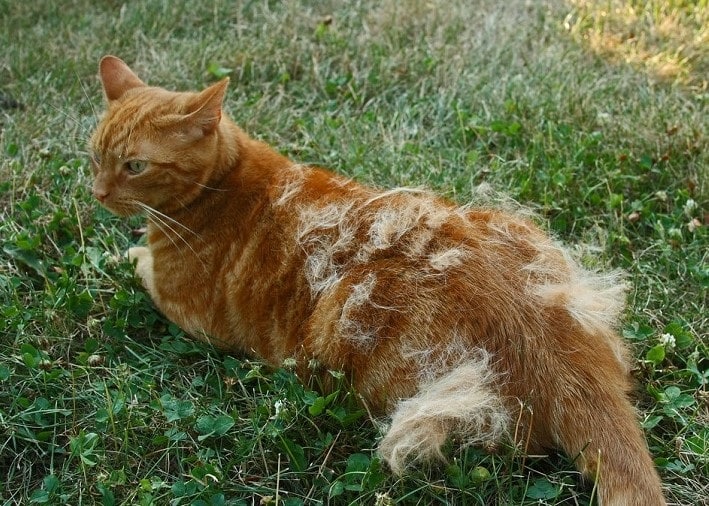
- If your cat has skin infections, cat hair can make it tough to maintain hygiene. In addition to hygiene, cat hair can further alleviate the irritation or itching caused by infections.
- Another advantage of shaving can be when your cat has a wound or injury. A shaved area will make it easier to apply medicines and clean.
- Finding cat hairballs can be alarming for a cat parent. You will often find your cat grooming itself. As a result of grooming, the cats swallow loose hair that ends up in their digestive tract. Hairballs are difficult to manage, and if you observe a lot of hairballs, shaving a long-haired cat is one way to reduce it.
- Severe matting in cats makes shaving the cat hair necessary. Most home cats are well-groomed, and matting is not an issue.
- If your cat is heavily shedding, shaving a long-haired cat can be very beneficial. If you are concerned about excessive shedding of your cat, it is advisable to consult a doctor. Shaving your cat’s hair can be advantageous if your cat is shedding a lot. Cats shed their hair throughout the year, but hormone imbalance, seasonal changes, nutritional deficiency, or a disease result in excessive shedding of cats.
- Another reason shaving a long-haired cat is beneficial is if your cat is obese or a senior cat. For obese and senior cats, hygiene becomes a problem. And if your cat is long-haired, it only makes it more problematic. Shaving is a solution to make grooming easier for senior and obese cats.
Disadvantages of Shaving a Long-Haired Cat
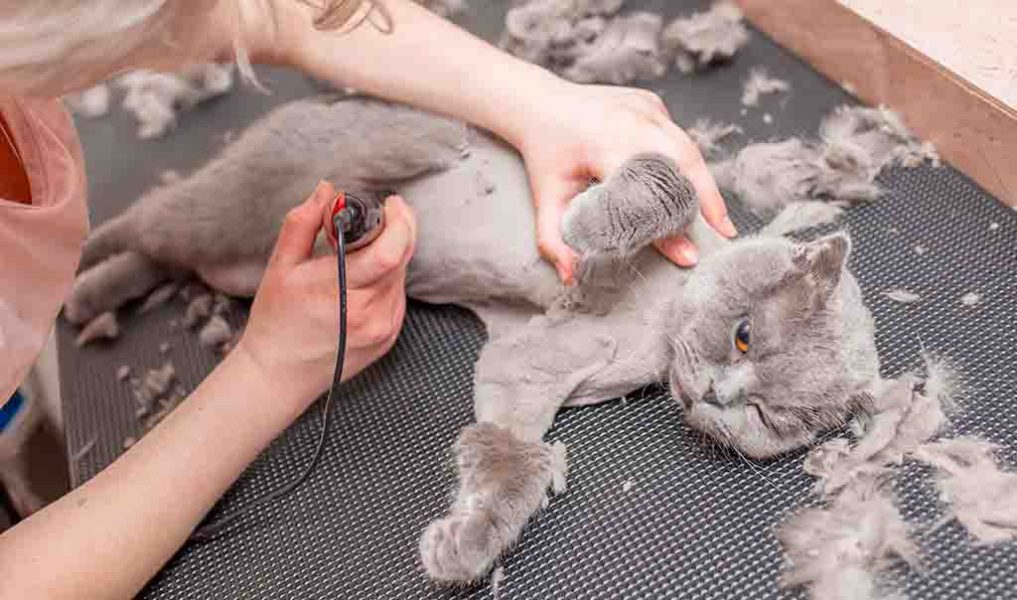
- Cat hair helps regulate the body temperature of cats. Whether summer or winter, the temperature regulation is affected if you shave a long-haired cat. The hair coat helps the cats trap the air inside (cool air in summer and warm air in winter). If you plan to shave your cat’s hair, ensure you have ways to regulate the temperature of their bodies.
- In addition to temperature regulation, the cat fur helps them protect their skin, especially from UV rays. Because of this, removing a cat’s coat can result in skin issues like sunburn. In extreme cases, exposure to UV rays can cause the cats to become prone to skin cancer.
- Many cats are not accustomed to change, especially concerning shaving their hair. In addition, your cat may be uncomfortable when a new person handles her for shaving.
Impact of Shaving on Cat’s Fur
Cat parents, when shaving cats, are often anxious if shaving will affect the cat’s hair in any way. If you are worried about shaving affecting the hair health of your cat, you should not worry. This is because most cats will regain their normal hair in the same texture, color, and length.
How long it takes to regain the original length will vary with each cat. But one thing you must not worry about is that shaving is not going to ruin the hair of your cat. In addition, if a cat’s fur is fully shaved, will the patterns grow back the same?
How Long Does It Take for Cat Hair to Grow Back?
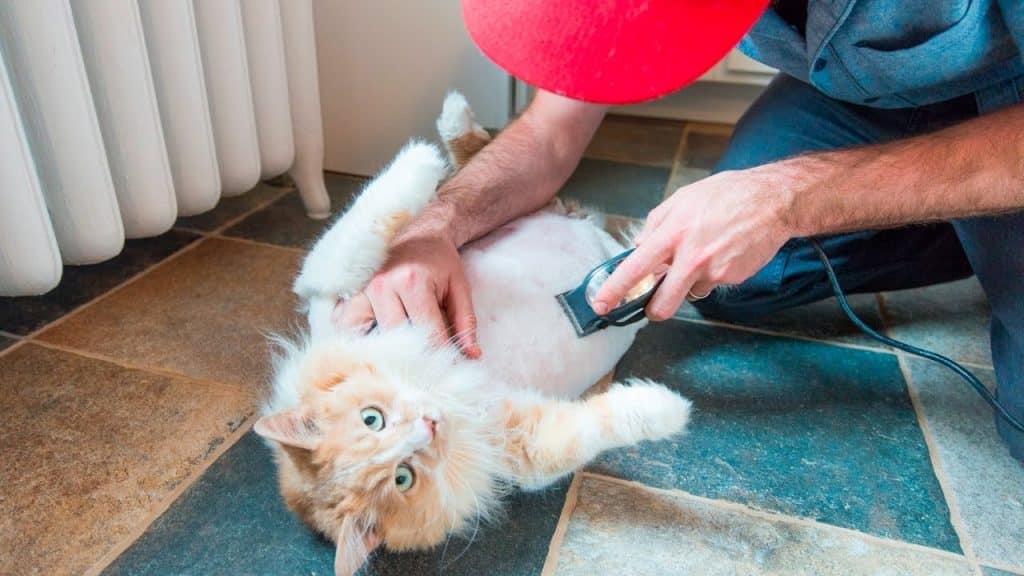
The time taken by a cat to regain its hair will depend on factors like breed, age, and the reason you opted for shaving on the first hand. If you have a long-haired cat, you will have to wait for about 3 to 6 months till they get a full regrowth of their hair.
For short-haired cats, the time duration will be relatively shorter. For short-haired cats, 2 to 3 months will be sufficient till the hair grows back completely to the original length.
If you notice the absence of hair growth in your cat’s hair, you must be informed immediately to the veterinarian. A loss of hormonal balance or skin infections can be the reasons that should be reported and monitored as soon as possible. As a cat parent, your efforts will also help the cat hair to grow back faster.
Here are some tips that ensure your cat has healthy hair:
- Provide your cat with a diet that has all the needed nutrients for the healthy growth of the cat’s hair.
- In addition, for the healthy hair of your cat, add healthy omega fatty acids to the diet of your cat.
- Many cat parents also prefer adding supplements to aid hair growth in the diet plan of cats. It is not necessary, but it surely is a great option. Note that the supplements you pick must be prescribed or recommended by a registered veterinarian.
- Grooming your cat is also essential to ensure the hair health is maintained. Regularly brush your cat. Brushing regularly might not seem effective, but it stimulates blood circulation and helps with hair flakes & dirt.
- If flea infestation was the reason for shaving your cat, you must closely monitor it even after you’ve shaved your cat. This can hinder the regrowth of your cat’s hair.
- While grooming is necessary, excessive grooming can threaten the health of your cat’s hair.
Conclusion
Shaving a long-haired cat can be a difficult decision. You may want to shave to help your cat, but you might make your cat uncomfortable and aggressive.
Shaving is an option for conditions where the cat hair poses challenges like matting of hair, injury, post-operative wounds, or excessive pest infestation.
It is always recommended to hire a professional for this, but you can easily do it at home if you follow the right steps. The key points to note when shaving a long-haired cat are to choose a high-quality clipper, make your cat comfortable, and follow precision as you shave.
To avoid shaving a cat’s hair, opt for proper grooming and ideal pest prevention methods. In cases of injury or wounds, it becomes necessary to shave your cat’s hair.
Let us know in the comments how your shaving experience has been with your cat.

